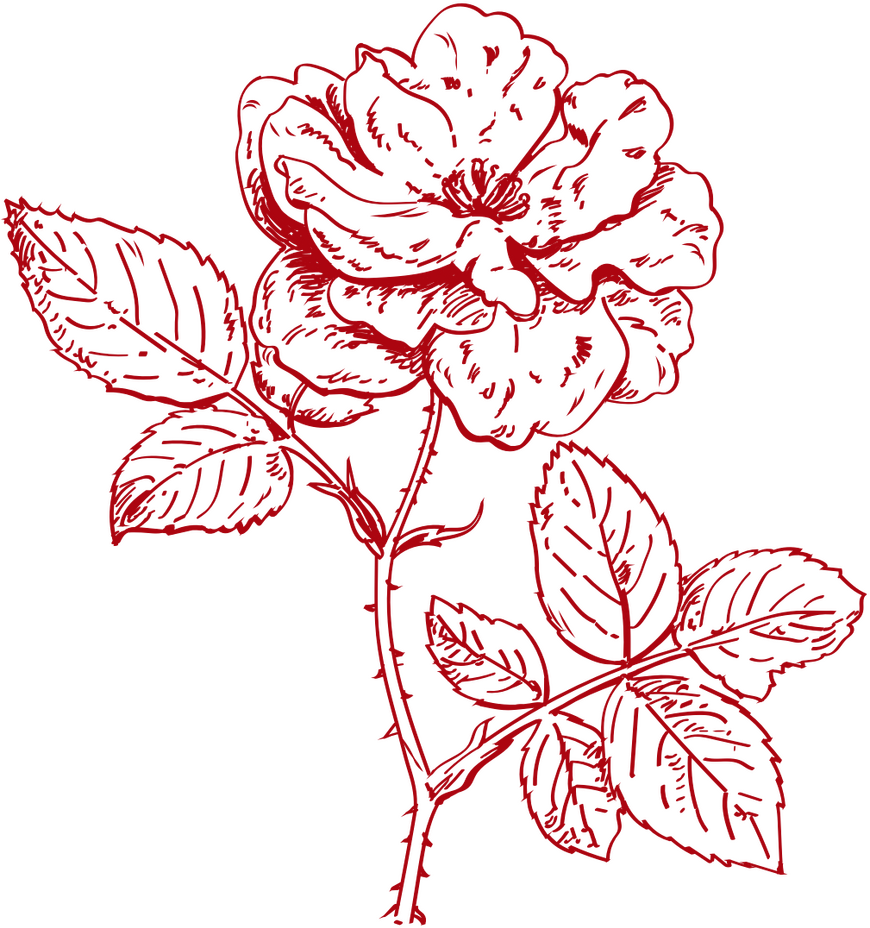- Home
- Collections
- Robert Burns Collection
- Relationships
Relationships
Poetry and love – of his family, friends and women – went together for Burns. He wrote over 500 poems and more than 700 letters to around 200 people, from lovers, colleagues and good friends to sea captains, eminent professors and titled earls. He had a very wide social circle.

As a child, Robert received a good education, which was insisted upon by his strict and serious-minded father. Meanwhile, his imagination was set alight by his mother, as he listened to her sing Scottish songs and ballads and tell magical stories by the fireside. After his father died in 1784, Robert became the head of the family. While Robert would always try and send money to his mother, brothers and sisters whenever he could, it was his brother Gilbert who stayed behind at the Burns farm in Mossgiel to look after the family.
One of the most prolific periods in Burns’s creative life coincided with one of the most tangled periods in his love life. In the two years from April 1785 to April 1787, Burns had three lovers, fathered three children, attempted to emigrate to Jamaica with one woman whilst unofficially being married to another … and published two volumes of poems.
Highland Mary was one of Burns’s most celebrated loves. He first met her when she worked as a nursemaid for his lawyer friend, Gavin Hamilton, in Mauchline; by spring 1786 they were probably lovers. Burns and Mary were planning to emigrate to Jamaica together but her early death in October 1786 abruptly ended their short but passionate relationship.
Burns first met Jean Armour in 1785 and they were officially married three years later, by which time Jean had already given birth to four of their nine children – two sets of twins. Although Burns could not be said to be a faithful husband, he did love Jean and she directly inspired over a dozen of his songs. Jean, in turn, stood by him, taking on the care and upbringing of her husband’s children by other women on more than one occasion.
When Burns went to Edinburgh to publish the second edition of his Poems, he made some influential lifelong friendships and embarked on a relationship with Agnes McLehose. The couple began a passionate correspondence where they masked their identities using the pen names of Clarinda and Sylvander. Burns’s relationship with Clarinda was literary rather than physical, but he seemed to be deeply in love with her and wrote one of his finest love songs, ‘Ae fond kiss’, for her on their parting in 1791. In contrast, he had a brief but physical relationship with Jenny Clow, the maid of Agnes, which resulted in the birth of a child.
As well as multiple lovers, Burns had a very wide circle of friends. Freemasonry would prove to be an influential force throughout Burns’s life, as he admired its values of tolerance and free enquiry. Not only did it offer him a male-only outlet and a system of belief, but it also brought him a network of connections that were helpful in furthering his career.
Highlight collection items
Find out more from our guest writers
Explore more themes in our collection
Burns the man
A passion for books, music, nature and women shaped Robert Burns as a person and a poet.
Myths and folklore
Burns intertwined much of his work with Scotland’s traditions and folklore. His poems often reflect themes from events deeply rooted in Scottish cultural history.
Memorialisation and legacy
Burns’s popularity, not only in Scotland but across the world, is extraordinary – his characteristic ability to express an idea in just a few lines or words has inspired many people.